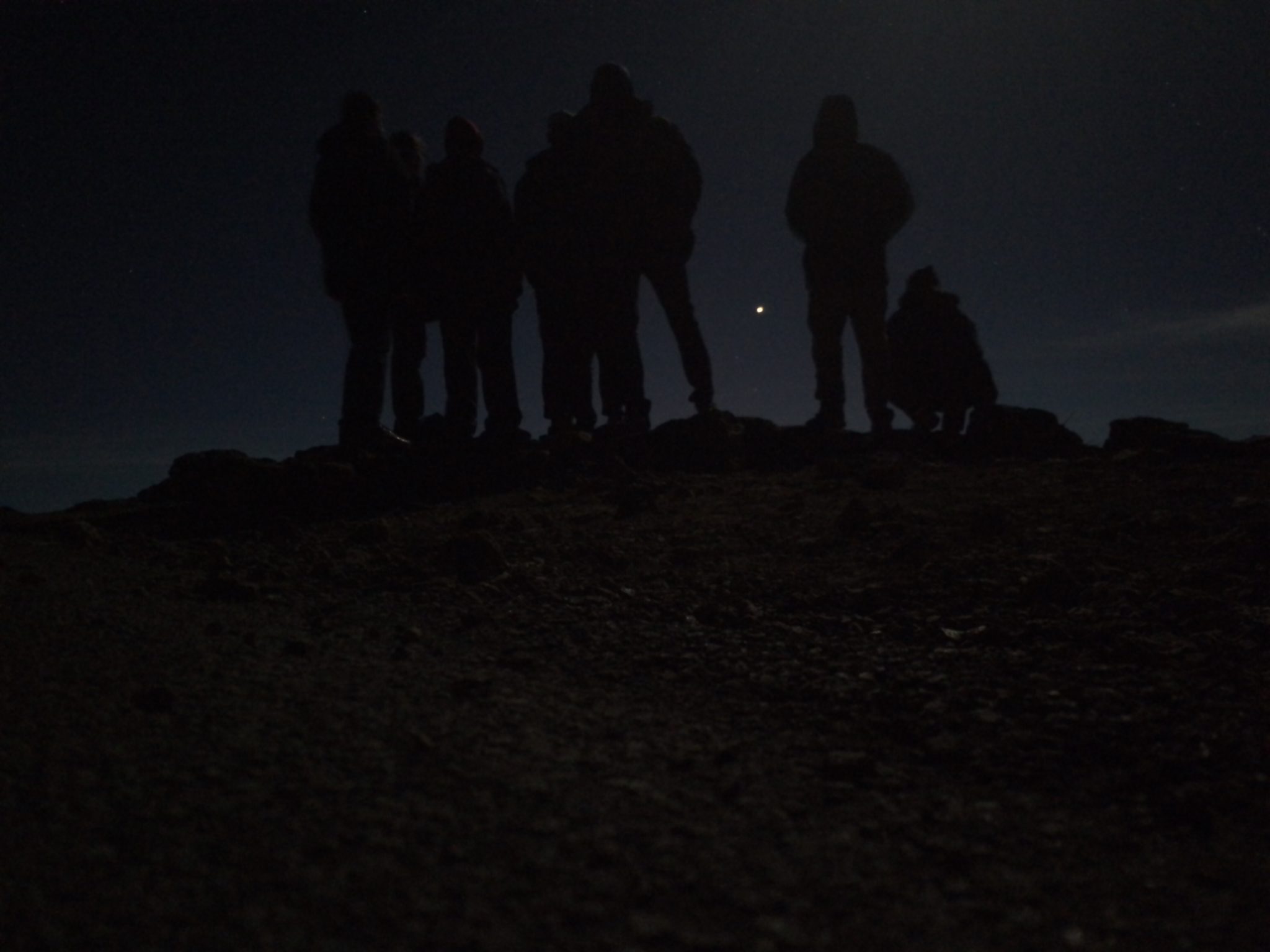Starting off the day we woke up to some breakfast and got ready to pack up for the day’s adventure. For the second day, we headed out to the National Energy Laboratory of Hawai‘i Authority (NELHA) to learn about renewable energy and how far we have come in that department. To start the day we got a briefing and explanation in the visitor center where we learned about OTEC, one of the most prevalent blue energy resources. In short, OTEC utilizes the temperature differences of sea water to create energy which can be used in the grid. Throughout the presentations, we went more in depth to learn about how they use sea water to produce virtually free energy. Basically, they take pipes of surface water around eighty degrees Fahrenheit and deep sea water around thirty five to forty degrees Fahrenheit to the surface to turn ammonia from liquid to vapor back into liquid. The reason this concept works and why surface water can boil ammonia is because it has a low boiling point and this allows for companies to harness the ocean water which is free to create energy. After the ammonia is turned into vapor it is forced through a turbine to power a generator and then the ammonia is pushed into tubes surrounded by cold sea water to condense it back into liquid. In addition to this form of blue energy, we got a quick lesson on the structure of the NELHA visitor center which is visual representation of how ocean energy has improved. In the building, there is no air conditioning besides the ocean cooling they have in place. Basically, they have copper roofs that heat up and funnel warm air up through the top of the roof which sort of sucks the warm air up from the building which is replaced by cooler air that is ran and cooled by the deep sea water. In addition they use solar panels to help create energy which is supported by the OTEC energy. In addition to the energy opportunities of the ocean, it also provides options for food. For example, at the NELHA center, they are growing Napa Valley grapes by using the ocean water to regulate the temperature differential between air and soil. After finishing up at NELHA, we packed up and went to the Monk Seal Rehabilitation Center where we got to see how Monk Seals are treated and fed when they come in. A majority of the times, the seals are suffering from illnesses and ailments and are often emaciated. We got to see a presentation about the history of Monk Seals, which lost a large part of their population during World War II, and certain details about their eating habits. When seals go to the rehab center, they are forced fed through tubes and eventually graduate to eating by themselves. Ending the visit we got to watch our classmates pin down and tube feed a stuffed seal, which was absolutely hilarious. Ending the day we started our trek to the summit at Mauna Kea which is the tallest volcano and is the second oldest. According to ancient Hawai‘Ian traditions, the mountain summit was the connection point between the Gods and the humans, where they could interact and offer their sacrifices. On that note, there is a lake near the summit where they place the umbilical cords of their children to symbolize the fertility and the start of life. Once you reach the summit there is also an altar reserved for religious people or the natives only and it is considered impolite to go to the very top. Outside of the religion and tradition, the summit also holds a lot of value to astronomers and scientists. It is widely regarded as the best place to view stars because it is so close to the equator and there is very little light pollution. That said, there are multiple different international observatories atop the summit where scientists gather information on stars and galaxies in the skies at night. Once we reached the summit we got out by the observatories and got to see the most beautiful sunset ever and then we adventured around the top of the mountain. After we finished at 13,700 ft., we moved down to 12,800 to set up a telescope to view the stars with some hot chocolate and brownies. We were able to see the moon, as well as Mars, Venus, Saturn, and other constellations such as the Southern across which is incredibly rare. After our star show we finished the night with an hour long drive back to Kona to go to bed and write our blog.
After finishing today, I can’t wait to go on the next dives that await us, the black water dives, where we will feed the manatees and where we get to adventure the black water which is roughly 8000 ft. deep. I am really looking forward to it because the sea life is once in a lifetime and each dive will always be something unique where you get to see something new each dive. In addition I can’t wait for The Valley hike where we get to see all the different mammals and the nature on the Hawaiian islands. All in all, the remaining adventures on the trip all seem like once in a lifetime opportunities I can’t wait to embark on.





